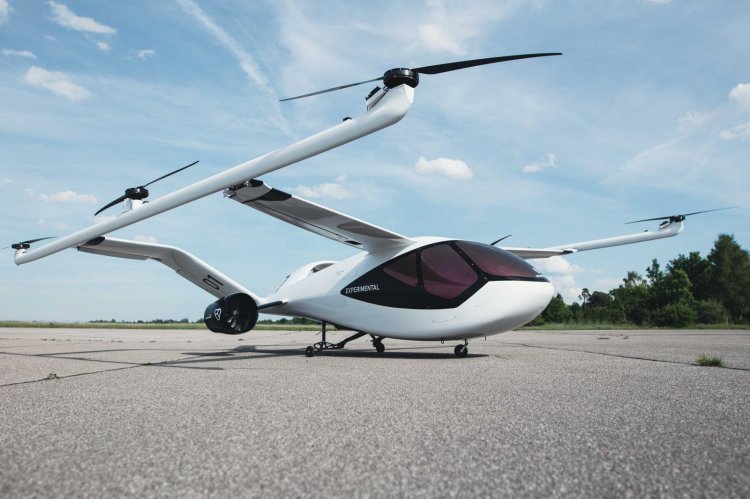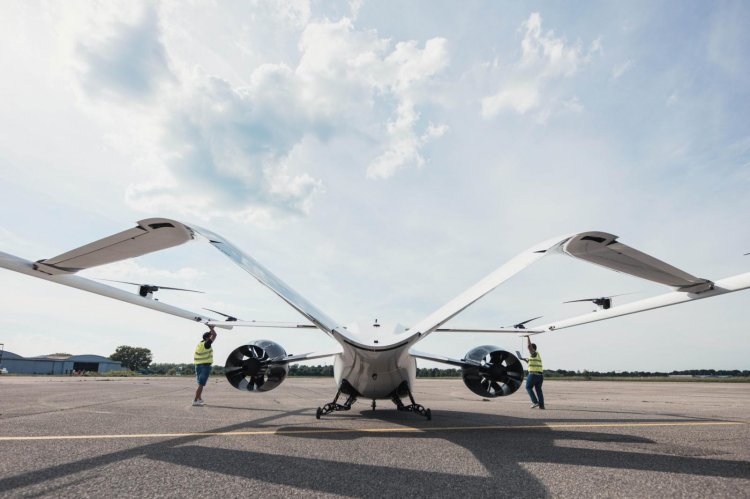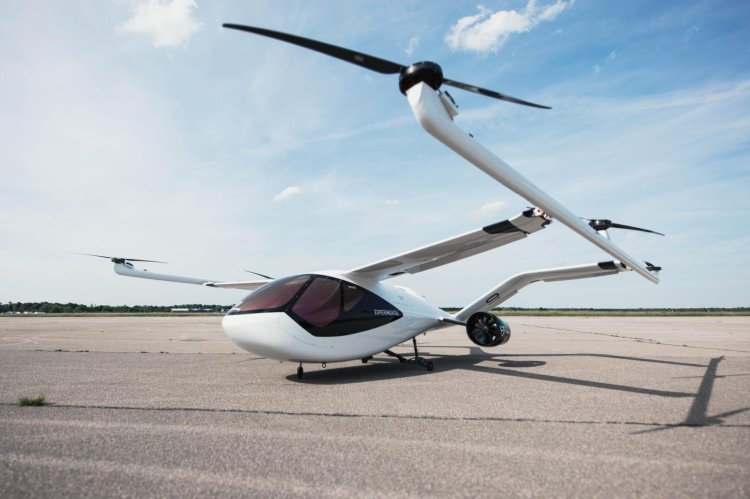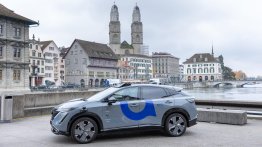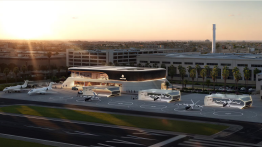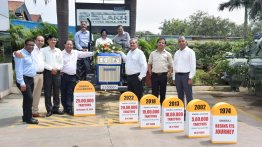Volocopter has announced that it has achieved another milestone to bring UAM to life: its fixed-winged passenger aircraft, the VoloConnect, completed its first flight in May 2022. This accomplishment makes Volocopter the only eVTOL (electric vertical takeoff and landing aircraft) developer worldwide to have an entire fleet of distinct aircraft configurations undergoing flight tests.
Volocopter’s third product solution, the VoloConnect, offers further and faster journeys than any other Volocopter aircraft to date, with a range of over 60 mi and flight speeds above 155 mph. The passenger plane’s extended range and higher payload will bring business travelers and commuters beyond the city center on routes like Burbank to Huntington Beach in Los Angeles, CA.
With the VoloCity and VoloConnect air taxi designs fulfilling demands for metropolitan flights and suburban connections in densely populated regions respectively, Volocopter is ready to serve a broader range of passengers’ flight needs. Moreover, the VoloConnect is targeting a 2026 entry into service, while the VoloCity is targeting commercial launch in 2024.
Volocopter designed the VoloConnect and its other eVTOL aircraft to meet the highest aviation safety standards according to EASA (European Aviation Safety Agency). The prototype completed its first flight in May 2022 after just 17 months in the making and performed a few maneuvers for 2 minutes and 14 seconds during its first flight. The prototype has all the planned aerodynamics and performance features of the future commercial product.
The VoloConnect is a lift-and-cruise aircraft optimized for missions beyond the urban and suburban space. Keeping moving parts to a minimum, its six rotors facilitate vertical takeoff, while two electric fans in combination with uplift-creating wings ensure high forward speeds.
The VoloConnect prototype is currently being put through a demanding series of flight tests to verify that the aircraft and its systems are in line with the performance limits and prepared for the subsequent development steps. This phase encompasses a raft of different tests, including standardized low-speed, transition, high-speed, and engine failure testing for automated and later autonomous flights – all standard-issue tests for an eVTOL passenger aircraft manufacturer.
Within the first three test flights of this campaign, the team was able to verify a significant portion of the eVTOL’s envelope with forward speeds up to 40 mph and 28 mph sideward flight speeds during tests. The test flight envelope will be gradually opened as part of the test flight campaign over the coming weeks.
